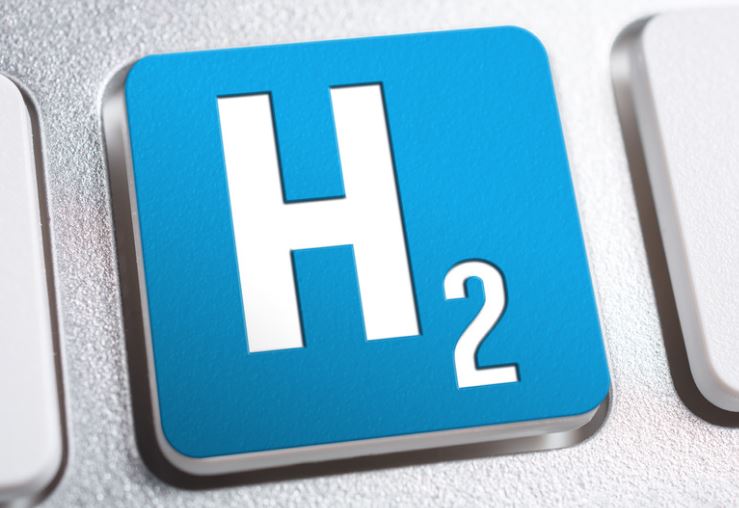The patent describes an innovative facility for distributing liquefied hydrogen, designed to enhance the efficiency and efficacy of hydrogen storage and distribution.
The described system addresses some of the critical challenges in managing hydrogen in a liquid state by providing a seamless method for storage, regulation, and distribution compatible with mobile liquid tanks. As hydrogen emerges as a leading candidate for clean energy solutions, innovations like this are vital for developing robust hydrogen economies.
The facility primarily includes a source of gaseous hydrogen coupled with a liquefier, which plays a crucial role in transforming gaseous hydrogen into its liquefied form. This transition is imperative for efficient storage and transportation, as liquefied hydrogen occupies substantially less volume than its gaseous counterpart. The liquefier features an outlet that connects to the storage means via a dedicated liquid circuit, ensuring a continuous and controlled flow of hydrogen in its liquid state.
Liquid Filling Circuit
A standout feature of this facility is its liquid filling circuit. It connects directly to the storage means at one end and is designed to be attached to a mobile liquid tank at the other end. This circuit facilitates the transfer of liquefied hydrogen into mobile tanks, which are critical for transportation purposes. The removable connection allows for flexibility and ease of use, making the refilling process more convenient and adaptable to various logistical needs.
Gas Recovery Circuit
Complementing the filling circuit, the gas recovery circuit is an ingenious addition to the facility. It connects to the mobile tank’s opposite end and extends to a receiving member of the facility. This system is crucial for managing the gas released during the filling process, as it recovers and regulates the pressure to a specified filling pressure. The inclusion of pressure and flow-rate regulating members, such as valves, ensures that the tank operates within safe and optimal limits, preventing potential hazards associated with overpressure.
Electronic Control System
At the heart of the facility’s operation is an advanced electronic control system. This system harnesses a microprocessor configured to respond to filling requests from mobile tanks. Upon receiving a request, the control system adjusts the pressure and flow-rate regulating members as needed, ensuring that the mobile liquid tank’s filling pressure aligns with the pre-determined parameters. This automation significantly reduces the risk of human error and enhances operational efficiency, making the facility user-friendly and reliable.
Stay updated on the latest in energy! Follow us on LinkedIn, Facebook, and X for real-time news and insights. Don’t miss out on exclusive interviews and webinars—subscribe to our YouTube channel today! Join our community and be part of the conversation shaping the future of energy.





